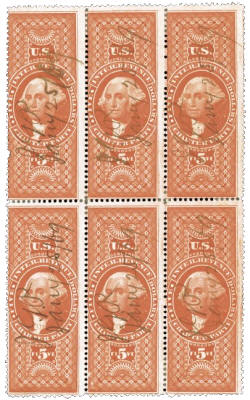
Machin
The name given to a well-known series of British definitive stamps first issued in 1967. The design of the stamp depicts a plaster portrait of Queen Elizabeth II created by artist Arnold Machin.
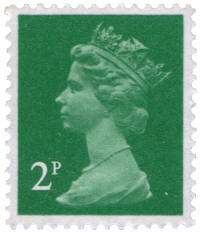
Machine Cancel
A cancellation applied by machine, as opposed to a hand cancel.

Mailometer Perforations
The Mailometer Company of Detroit, Michigan, formed in 1906, used a vending machine invented by Joseph Schermack, then a production manager for the company. Many of the Mailometer type perforations are common.

Mail Early block
U.S. marginal marking block that first appeared on U.S. marginal selvage in 1968. It was subsequently replaced by the copyright notice. ME blocks typically consist of four or six stamps.
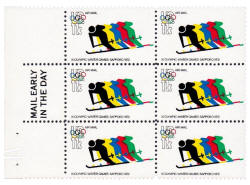
Makeshift booklets
U.S. stamp booklets manufactured using stamps normally issued in individual panes, packaged in generic blue cardboard covers and dispensed by vending machines.
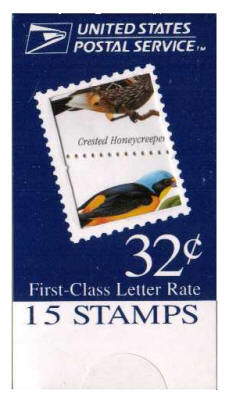
Manila Paper
A fiber-based and very coarse paper (originally from Manila hemp) often used for envelopes or newspaper wrappers.
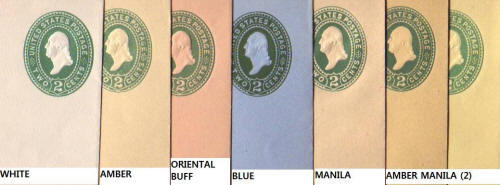
Manuscript Cancel
A cancellation of a stamp by pen or marker. Early stamps may show a manuscript cancel because the post office had no canceling device. Stamps with pen cancels are usually valued less than stamps with normal cancels. Today, stamps on envelopes or packages that were missed in the normal canceling process are pen cancelled by letter carriers.
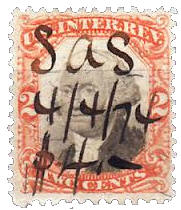
Marcophily
Marcophily is the collecting of postmarks
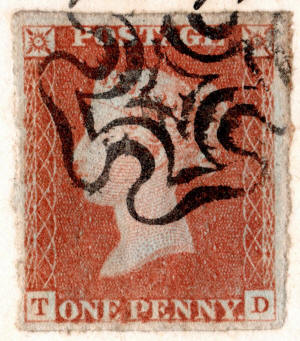
Margin
The portion of unprinted paper that surrounds the design or perforated area (selvage) of a stamp or a pane of stamps. The collectible grades of stamps are determined by the position of the design in relation to the edge of the stamp as perforated or, in the case of imperforate stamps, as cut from the sheet.

Margin Block
A block of stamps with the selvage still attached.
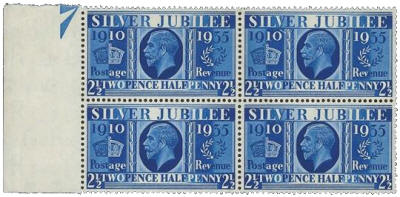
Marginal Marking (Marginal Inscription)
Any printing that appears in the margins. These might include the name of the printer, plate numbers, etc.
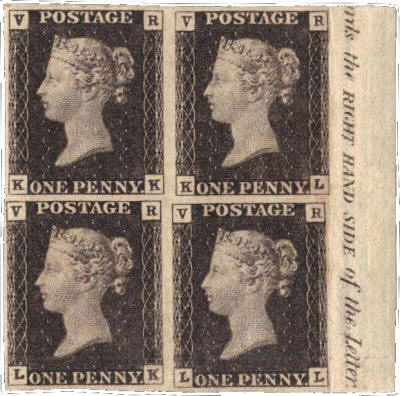
Maximaphily
The hobby of maximum card collecting.
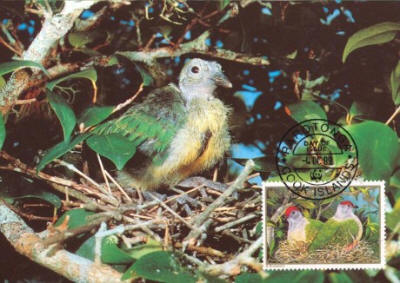
Maximum card
A picture postcard, a cancel, and a stamp presenting maximum concordance. The stamp is usually affixed to the picture side of the card and is tied by the cancel. Collectors of maximum cards seek to find or create cards with stamp, cancel and picture in maximum agreement, or concordance. The statutes of the International Federation of Philately (FIP) give specific explanatory notes for the postage stamp, the picture postcard, the cancel, concordance of subject, concordance of place and concordance of time.
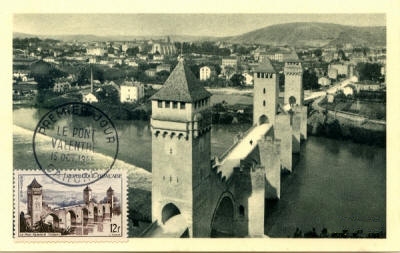
Merry Widow
A nickname for the 1908 green Special Delivery stamp. The name came from the design of Mercurys helmet on the stamp that resembled the hat worn by the widow from the opera of that name.
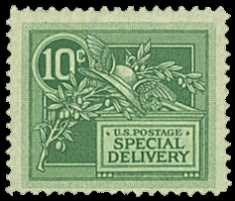
Meter
The mechanical or digital device that creates a valid denominated postage imprint known as a meter stamp. Postage is prepaid to the regulating postal authority. Meters were authorized by the UPU in 1920. They are used today by volume mailers to cut the cost of franking mail.
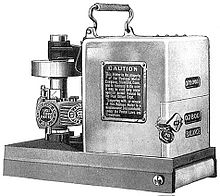
Microprinting
Extremely small letters or numbers added to the designs of selected United States stamps as a security feature. In most cases, 8-power magnification or greater is needed to read microprinting.
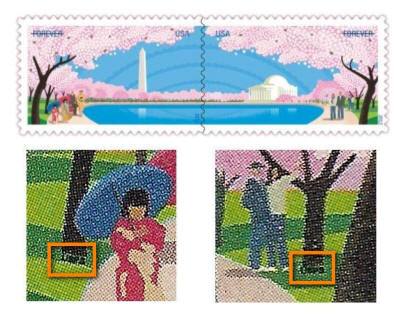
Miniature sheet
A smaller-than-normal pane of stamps issued only in that form or in addition to full panes. A miniature sheet is usually without marginal markings or text saying that the sheet was issued in conjunction with or to commemorate some event.
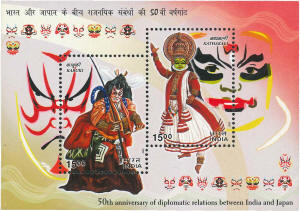
Mint
A stamp in the same unused condition, including full gum if issues with gum, in which it came from the post office. "Mint" is casually, and incorrectly, used to include stamps with disturbed gum, with signs of previous hinging, and even with yellowed or toned stamps. It is often used as a synonym for "not cancelled" or "not used", although that is clearly not the literal meaning.

Mint Never Hinged (MNH)
MNH refers to the condition of having never had a hinge attached to the stamp. It implies that the gum is sound and intact and, in a sense, that the condition of the overall stamp is pristine. So much emphasis has been placed on the lack of gum disturbance from never having had a hinge attached to the stamp, that other factors such as bright fresh color is sometimes overlooked. There is no denying the fact that "MNH" can add value to an otherwise ordinary or even slightly sub-par stamp, but the first letter in MNH stands for mint, and we would argue that only stamps in pristine condition meet that standard.
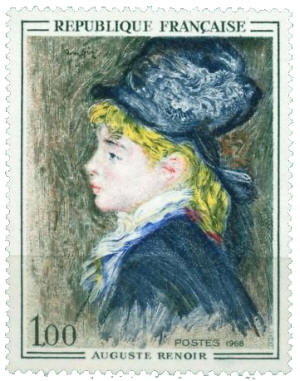
Mirror image
An offset negative or reverse impression.

Miscut
A stamp or pane that is cut so that parts of adjoining designs appear in the space normally occupied by the stamp design.
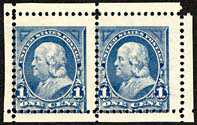
Mission mixture
The lowest grade of stamp mixture, containing unsorted but primarily common stamps on paper, as purchased from missions or other institutions.
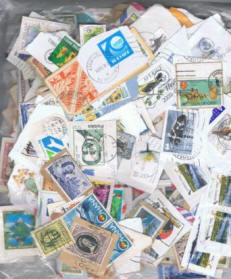
Missionaries
A nickname for the earliest postage stamp issues of Hawaii, dating from the early 1850s. The name derives from the fact that many of the stamps and covers that were saved were used by missionaries in Hawaii writing home to families in New England.
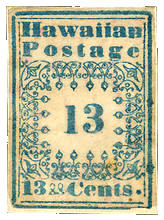
Mixed Franking
A properly used cover with the stamps of two or more nations affixed, or a cover with any unusual combination of stamps, such as an Official and a definitive or commemorative.
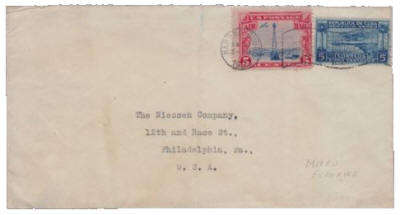
Mobile Post Office (MPO)
A vehicular post office facility that sorts and distributes mail while in transit. Examples include while on train, on boat or ship, or on a streetcar or truck.
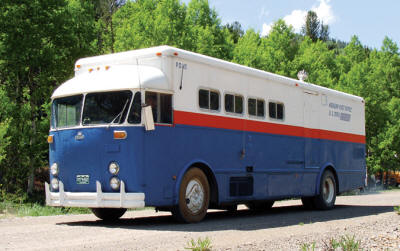
Mount
Acetate holders, clear on the front and with some sort of adhesive on the back. Collectors use mounts to affix stamps or covers to album or exhibit pages.
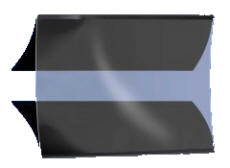
Molly Pitcher
The heroine of the Battle of Monmouth, N.J. Her name is overprinted on the US two-cent stamp of 1928.

Money Order
The first money orders were authorized by the U.S. on May 17, 1864 and went into effect November 1, 1864.
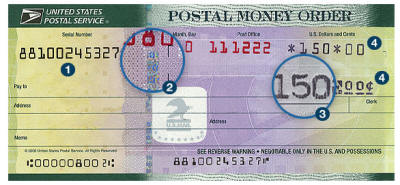
Mourning Cover
A cover with a black border, used to convey news of a death.
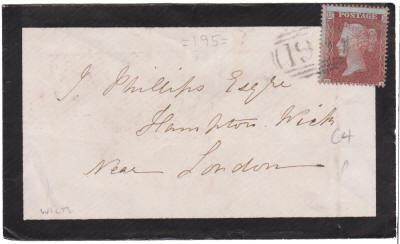
Multiple
A group of two or more intact stamps, but less than a full sheet.
